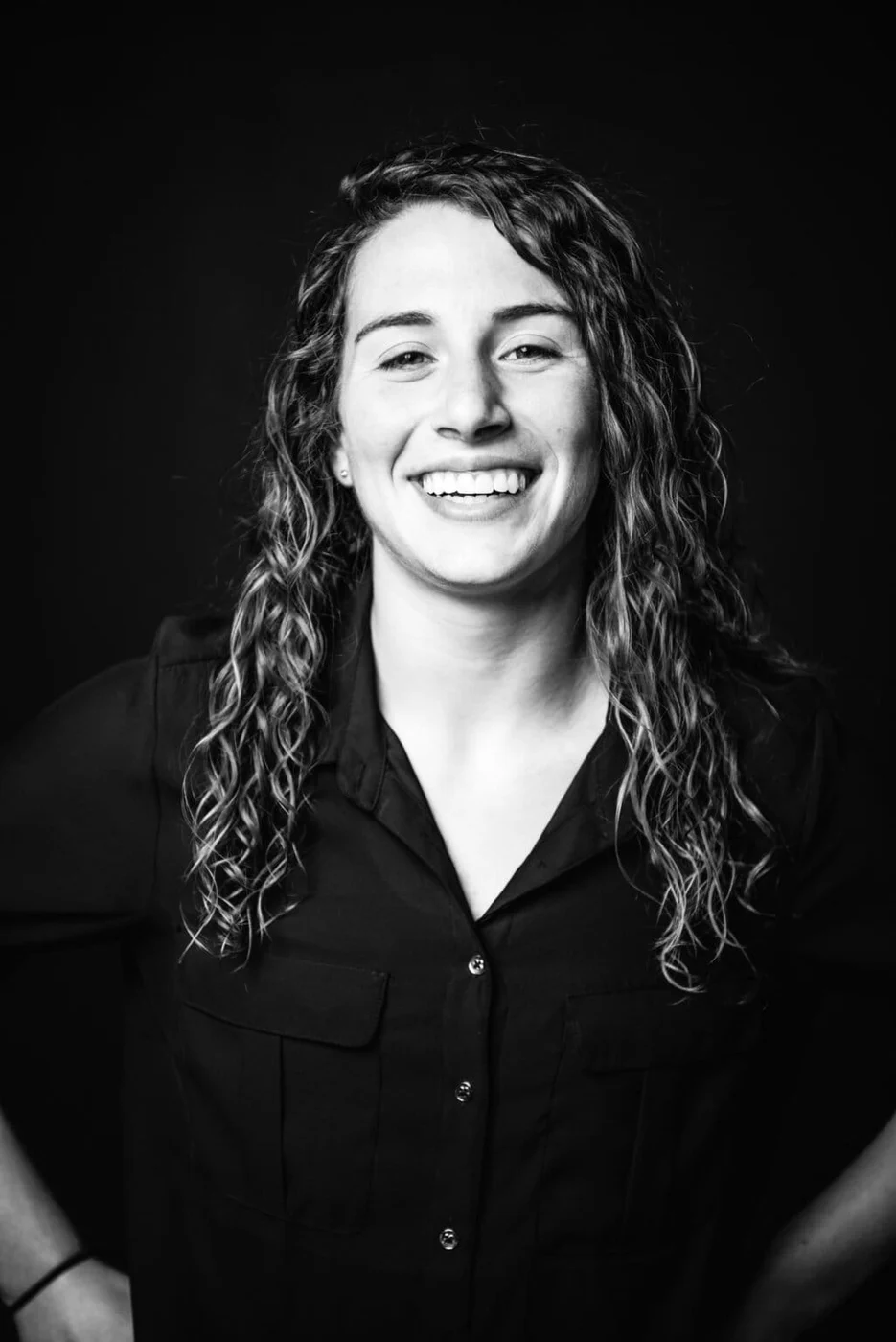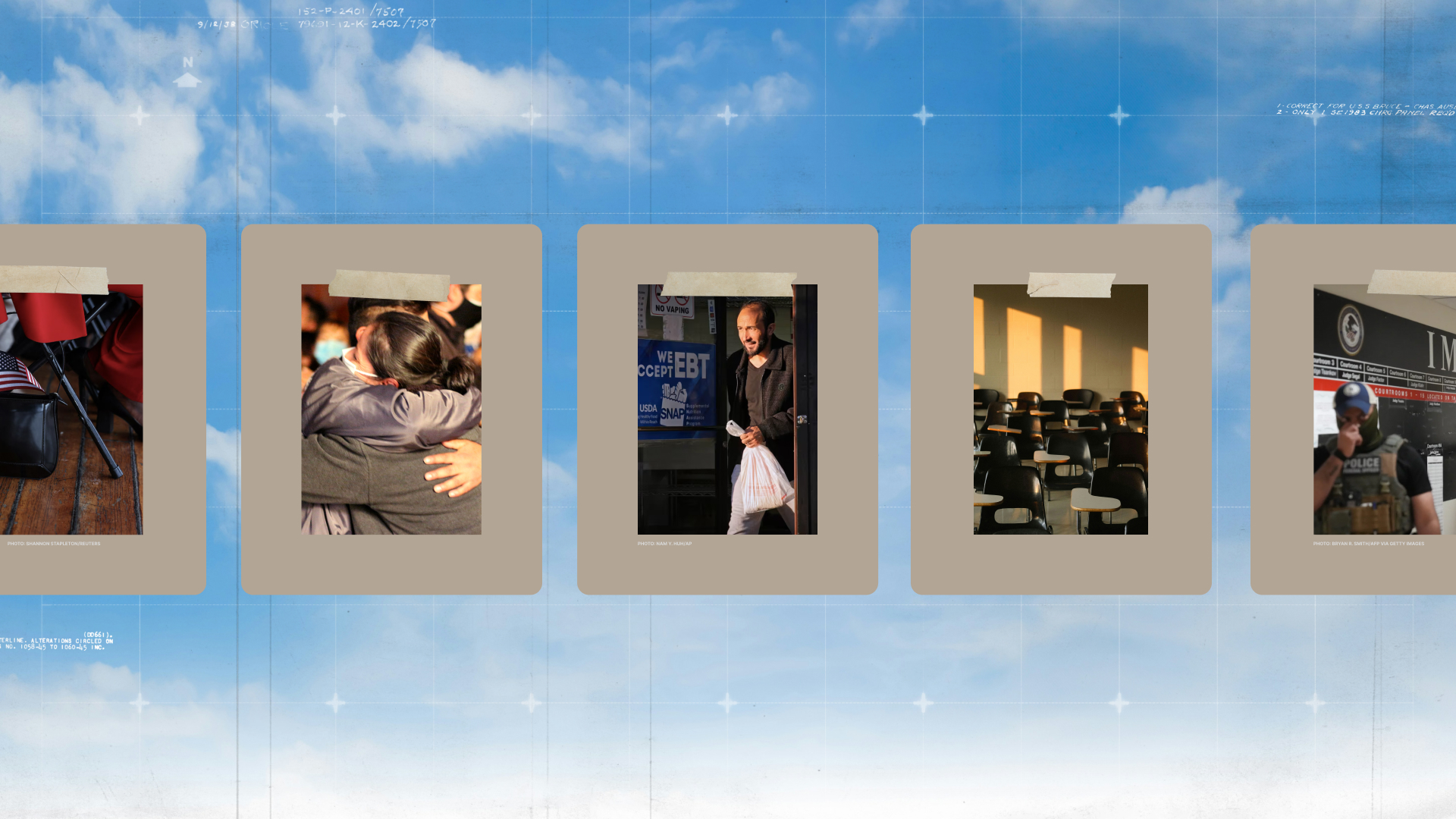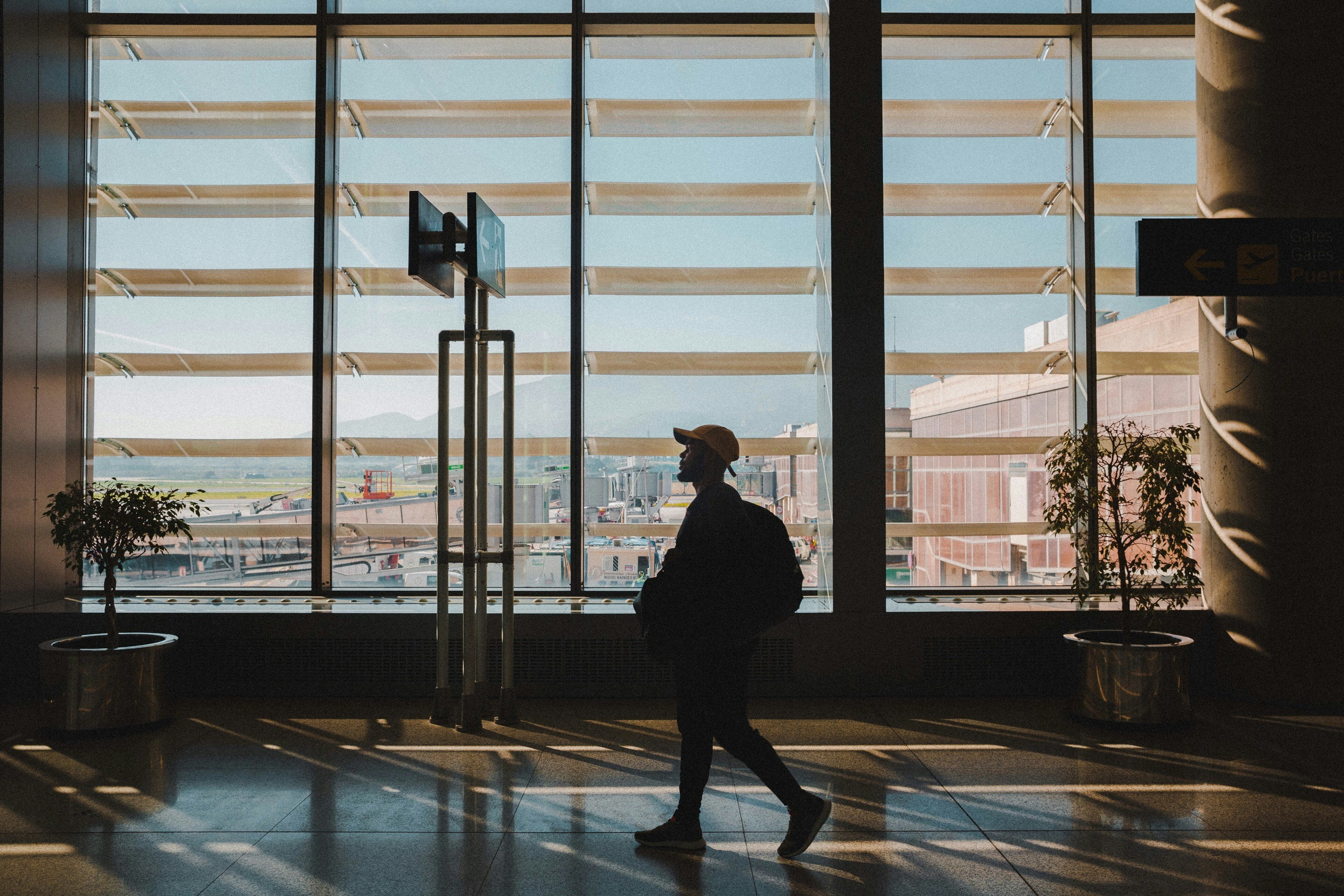
.svg)
Every day, thousands turn to Reddit to ask questions about U.S. student visas, but finding reliable answers can be a challenge. Whether you’re applying for a student visa, already studying in the U.S., or planning your next steps, immigration can be confusing.
That’s where we come in.
We’ve compiled a list of the top 12 most frequently asked U.S. student visa questions on Reddit, along with clear answers you can trust.
Click on any of the questions below to jump to their answers:
- What’s the difference between F-1, J-1, and M-1 student visas?
- What questions will I be asked during my student visa interview?
- How can I prove I have enough funds for my student visa?
- How long does it take to get a student visa decision?
- What are the most common reasons for student visa rejection?
- What should I do if my student visa is rejected?
- Can I work while on a student visa?
- Can I travel internationally while on a student visa?
- I’m on an F-1 student visa. If I graduate from my undergrad program in May, can I stay in the U.S. until my grad school program starts in August?
- I have an F-1 student visa. Can I visit my home country during my school’s summer break?
- What happens if I take a leave of absence on my F-1 student visa?
- What happens if my visa is revoked?
Disclaimer: The information on this page is not legal advice. Click here to learn more about Boundless Immigration’s lawyer-guided services.
{{newsletter-component}}
#1: What’s the difference between F-1, J-1, and M-1 student visas?
The F-1 Student Visa (Academic Student) is for full-time study at accredited U.S. colleges, universities, high schools, language training programs, or other academic institutions. It’s most common for degree-seeking students. The F-1 visa allows for limited on-campus work and options for off-campus work — Optional Practical Training (OPT) or Curricular Practical Training (CPT) — under certain conditions.
The J-1 Student Visa (Exchange Visitor) is for students in approved exchange programs, including university study, research, or teaching. Some J-1 visas require a two-year home residency requirement after the program ends. J-1 visas offer Academic Training (AT) instead of OPT. Spouses (J-2) can apply for work authorization.
The M-1 Student Visa (Vocational Student) is for non-academic or vocational study (e.g., technical schools). The M-1 visa has more restrictive work permissions; practical training is allowed only after program completion and for a limited period.
#2: What questions will I be asked during my student visa interview?
During your student visa interview, consular officers may ask about your academic plans, choice of school, funding, and post-graduation intentions.
You may be asked questions such as:
- Why did you choose this school or program?
- How will you fund your education?
- What are your plans after completing your studies?
- What ties do you have to your home country?
Additional questions may vary based on visa type:
- J-1 visa applicants may be asked about their exchange program and sponsor details.
- M-1 visa applicants may be asked about their vocational training goals.
These questions are designed to establish your eligibility and your intent to return home after your studies.
#3: How can I prove I have enough funds for my student visa?
For F-1 and M-1 student visa applications, you must show proof of sufficient funds to cover tuition, fees, and living expenses for at least the first year of study and a plan for subsequent years. Acceptable documents include bank statements, scholarship letters, affidavits of support, or sponsor’s financial documents.
J-1 applicants must show funding for the full duration of the program, which may come from personal funds, scholarships, or program sponsors.
#4: How long does it take to get a student visa decision?
Student visa processing times vary by embassy and time of year. After the interview, most decisions are made within a few days, but some cases require additional administrative processing, which can take weeks or longer. The U.S. Department of State (DOS) recommends applying well in advance of your program start date.
#5: What are the most common reasons for student visa rejection?
Common reasons for student visa denial include:
- Issues identified during security or background checks
- Failure to demonstrate nonimmigrant intent (i.e., intent to return home)
- Inadequate financial support
- Missing, inconsistent, or fraudulent documents
#6: What should I do if my student visa is rejected?
If your student visa application is denied, you will receive a written explanation. You may reapply if you can address the reason for denial. There is no formal appeal process for most denials, but you can submit a new application with additional documentation.
#7: Can I work while on a student visa?
F-1 students may work up to 20 hours per week on campus during the academic year and full-time during breaks. Off-campus work (CPT/OPT) requires prior authorization.
J-1 students may work on campus with their sponsor’s approval. Academic Training (AT) is available for work related to your field.
M-1 students are not permitted to work during their period of study. Limited practical training may be available after you complete your program.
{{tip-component-1}}
#8: Can I travel internationally while on a student visa?
Yes, you can travel internationally while on a valid F-1 or J-1 visa. To re-enter the U.S., you need a valid visa, a valid passport, a signed Form I-20 (F-1) or DS-2019 (J-1), and proof of enrollment. Re-entry is subject to inspection at the port of entry.
Given the Trump administration’s increased enforcement actions at U.S. ports of entry, it’s a good idea to consult an attorney and/or check with your DSO before traveling internationally.
#9: I’m on an F-1 student visa. If I graduate from my undergrad program in May, can I stay in the U.S. until my grad school program starts in August?
Yes, you can remain in the U.S. between programs as long as you obtain a new Form I-20 from your graduate school and transfer your SEVIS record to the new school. Work with your Designated School Official (DSO) and both schools’ international offices to ensure compliance with F-1 regulations and protect your status.
If you fail to secure the proper documentation within the 60-day grace period after your undergraduate program ends (the expiration date on your Form I-20), you must leave the U.S. and reenter with updated documentation no more than 30 days before your new program starts.
#10: I have an F-1 student visa. Can I visit my home country during my school’s summer break?
Yes, most F-1 students can travel home during summer break without issue, provided they follow the Department of Homeland Security (DHS) annual vacation guidelines. However, as the Trump administration continues to ramp up its crackdown on immigration, there have been reports of people with valid visas being detained and/or deported after attempting to re-enter the U.S. at official ports of entry. With more stringent vetting of immigrants and a looming travel ban, re-entering the U.S. could become even more challenging in the future.
Keep in mind that, even if you’ve checked every box — you have valid immigration documents, lack a criminal record, etc. — re-entry to the U.S. is never guaranteed; final admission is at the discretion of the Customs and Border Protection (CBP) officer questioning you at the port of entry. Planning ahead by knowing your rights, having your documents in order, and keeping a lawyer’s contact info on-hand can help reduce any risks.
#11: What happens if I take a leave of absence on my F-1 student visa?
If you’re an F-1 student and need to take a leave of absence — for example, because of a personal or medical emergency — it’s a good idea to talk to your DSO before making any decisions. They can guide you on your options and help keep your status safe.
In most cases, F-1 students must maintain full-time enrollment to stay in status. If you stop studying without approval, your SEVIS record may be terminated, and you could lose your legal status in the U.S.
However, you may have options:
- Medical Leave: If your leave is for a medical reason, your DSO may approve a reduced course load for up to 12 months total. In this case, you may stay in the U.S. during your treatment and recovery, but you’ll need a doctor’s letter and DSO approval.
- Authorized Early Withdrawal: If you wish to take a leave of absence longer than 5 months, your DSO may approve your leave as an “authorized early withdrawal.” When you’re ready to return to the U.S. to resume your studies, you must obtain a new Form I-20 (issued by your school), pay the SEVIS fee again, and apply for a new visa if your old one expired.
That said, future immigration policies under the new Trump administration remain uncertain, and potential stricter rules could make it harder for foreign students to get a new visa or re-enter the U.S. after a leave of absence.
#12: What happens if my student visa is revoked?
If your student visa is revoked, you must appeal the decision, change status, or depart the U.S. immediately to avoid incurring immigration violations. Remaining in the U.S. without status can result in removal and future visa ineligibility. DOS and USCIS provide guidance on these situations.
{{cta-component-center-aligned}}
Unauthorized employment can jeopardize your legal status.
.png)
.png)
.png)








.svg)
.avif)